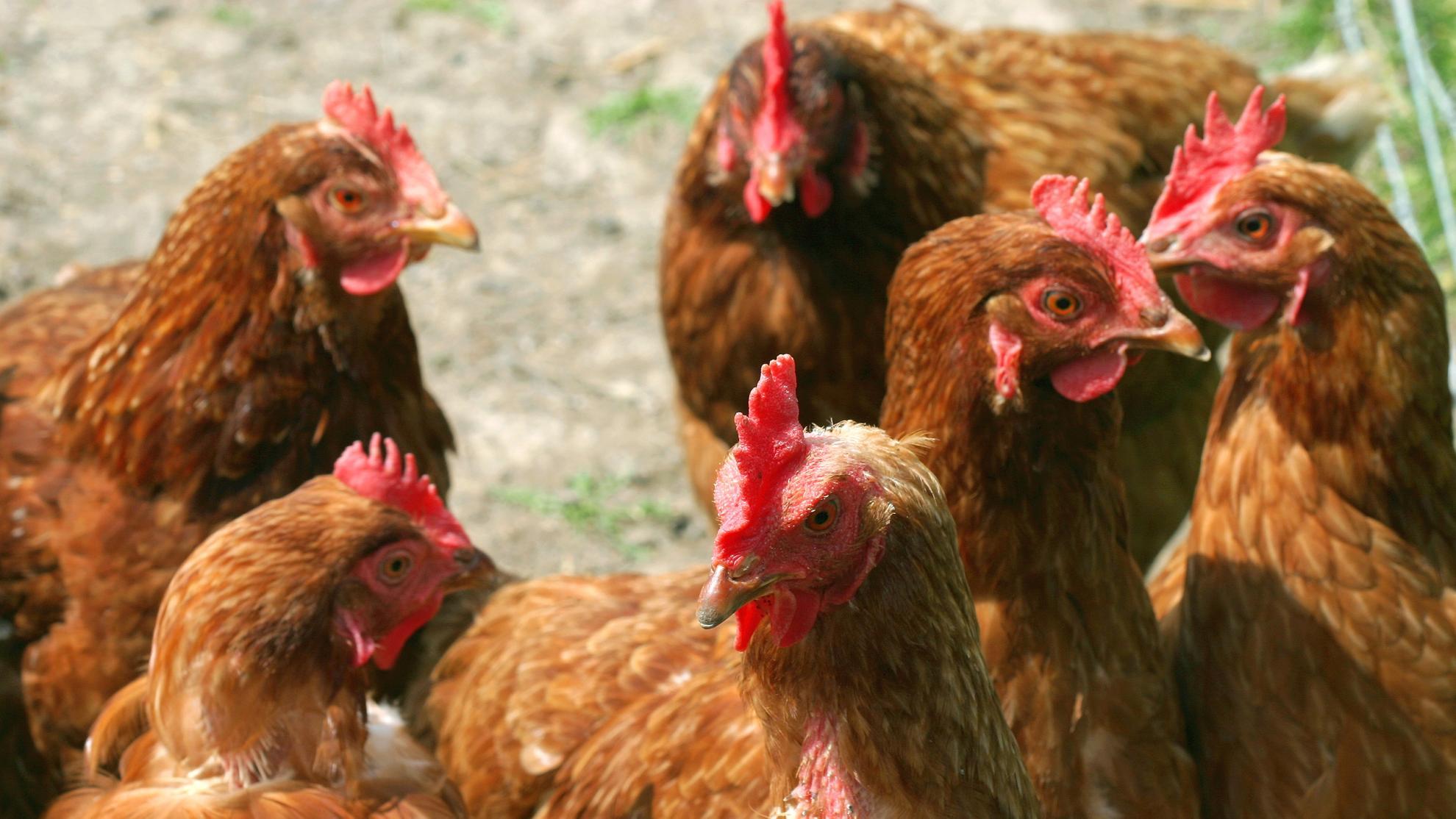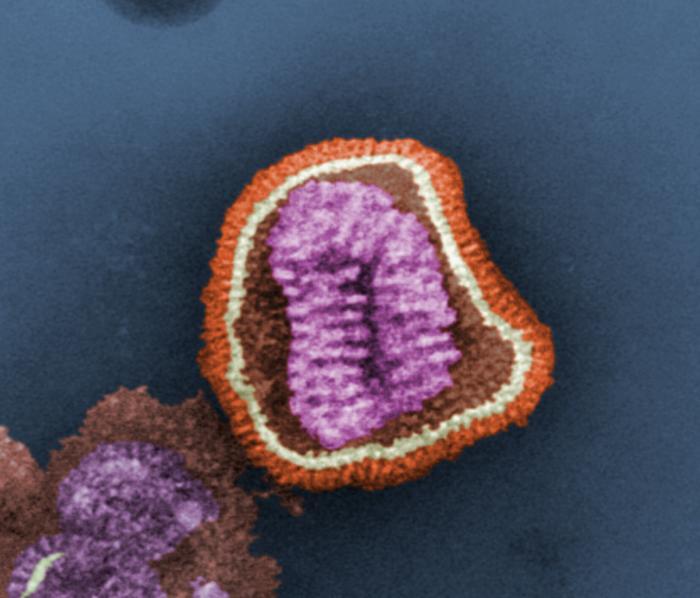Antigenic characterization of highly pathogenic avian influenza A(H5N1) viruses with chicken and ferret antisera reveals clade-dependent variation in hemagglutination inhibition profiles
Highly pathogenic avian influenza (HPAI) A(H5N1) viruses pose a significant economic burden to the poultry industry worldwide and have pandemic potential. Poultry vaccination against HPAI A(H5N1) viruses has been an important component of HPAI control measures and has been performed in Vietnam since 2005. To systematically assess antigenic matching of current vaccines to circulating field variants, we produced a panel of chicken and ferret antisera raised against historical and contemporary Vietnamese reference viruses representing clade variants that were detected between 2001 and 2014. The antisera were used for hemagglutination inhibition (HI) assays to generate data sets for analysis by antigenic cartography, allowing for a direct comparison of results from chicken or ferret antisera. HI antigenic maps, developed with antisera from both hosts, revealed varying patterns of antigenic relationships and clustering of viruses that were dependent on the clade of viruses analyzed. Antigenic relationships between existing poultry vaccines and circulating field viruses were also aligned with in vivo protection profiles determined by previously reported vaccine challenge studies. Our results establish the feasibility and utility of HPAI A(H5N1) antigenic characterization using chicken antisera and support further experimental and modeling studies to investigate quantitative relationships between genetic variation, antigenic drift and correlates of poultry vaccine protection in vivo.

